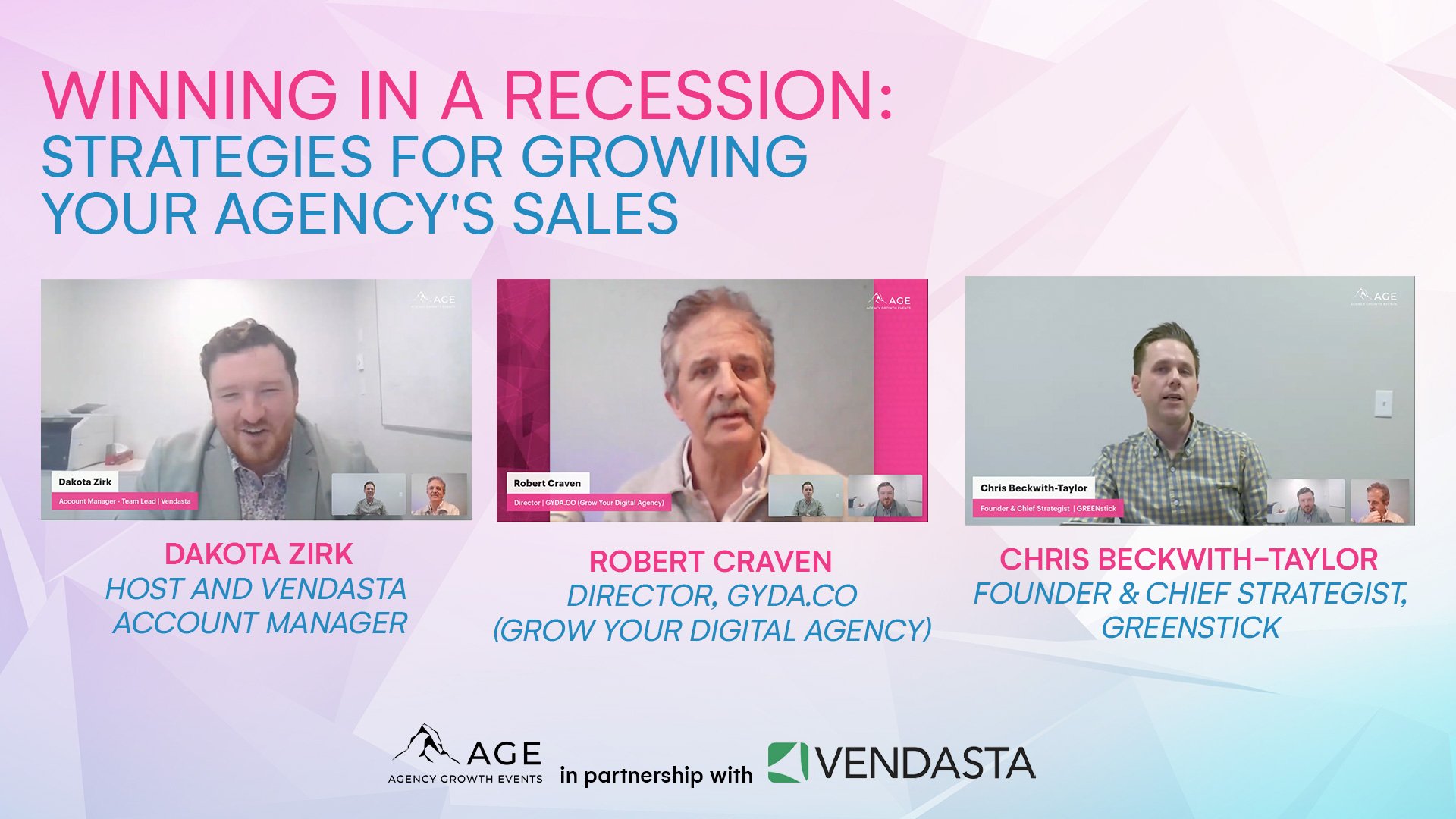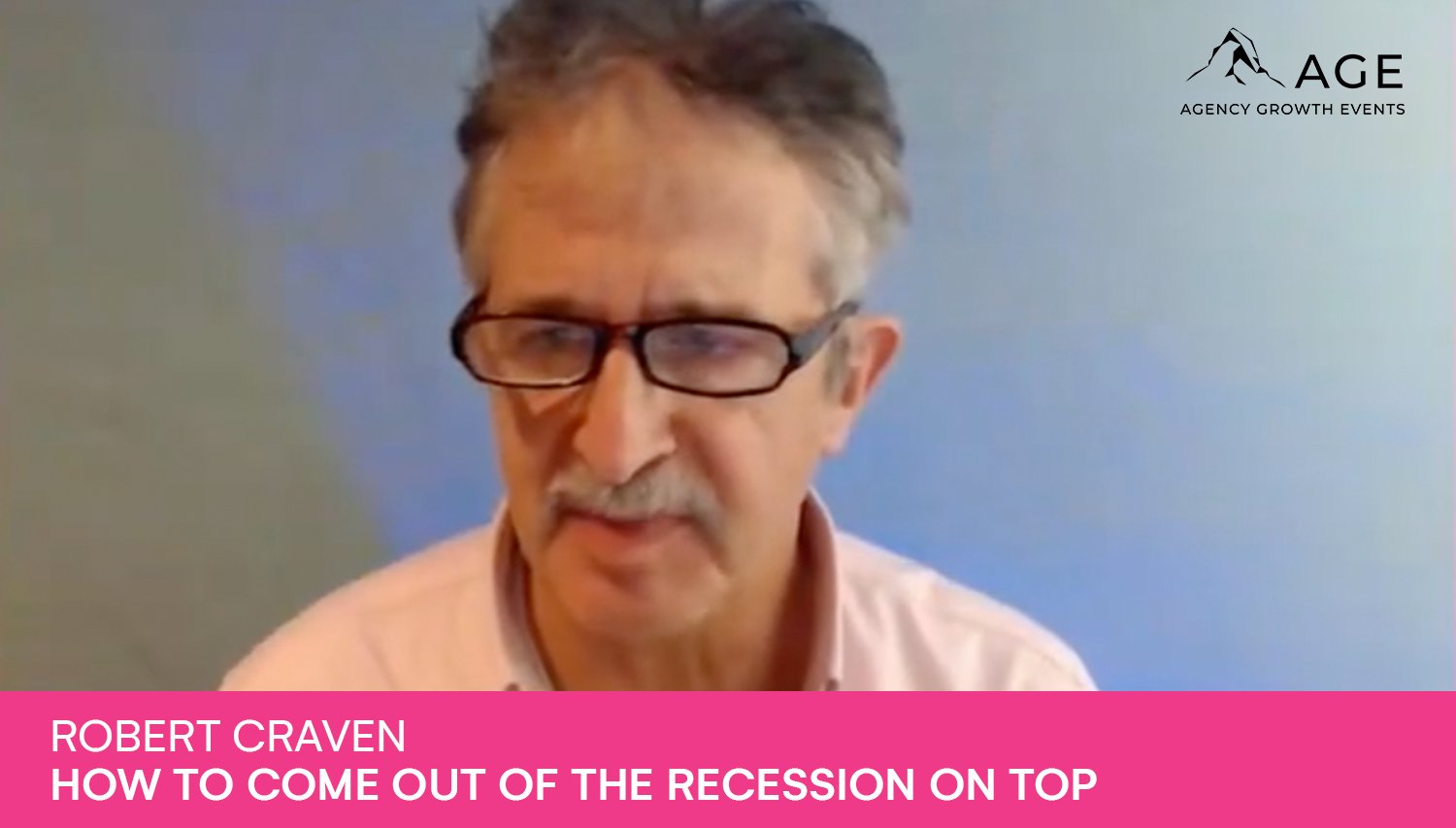S1-E14: Does Culture Eat Strategy for Breakfast? , Oliver Merlin, Latidute38
Here's Why Culture Eats Strategy for Breakfast.
Oliver Merlin is an ex-Accenture management consultant who specializes in culture and change. He has worked extensively on transformation, change management, company culture, and strategy. Merlin believes that a strong culture is a key to success and that without a clear strategy for culture, companies will struggle to reach their potential.
“No business wants its strategy to become breakfast.”
Companies strive for long-term success and to create a competitive advantage with their business strategy, but it's not always easy to achieve. Many factors can contribute to a strategy's failure, such as a lack of planning or poor execution. However, one of the most common reasons for strategy failure is a weak culture.
A strong culture is essential for a company if it wants to be successful. Culture provides the framework and guidelines for how employees should behave and interact with each other. It can be a powerful tool for shaping the attitudes and behavior of employees and can help to ensure that everyone is working towards the same goal.
So, let's look at the interplay between these two forces and understand what you can do to make sure your strategy does not become breakfast.
First of all, Where does this famous quote come from?
"Culture eats strategy for breakfast" is a phrase popularized by management consultant Peter Drucker, who famously was transformational for the Ford Motor Company. It means that an organization's culture will have a profound impact on its strategy, and ultimately its success or failure.
Merlin says, "If you set a strategy that's not compatible with your culture, the culture being the day-to-day things that people have on their minds, their to-do lists, the way the company works, and the natural cultural norms of the company, your strategy will go out the window and will not succeed."
Here are his three pillars of successful strategy implementation:
1) Your strategy must blow their socks off
When you're outlining your strategy, make it amazing! It must be original, ambitious, exciting, and aspirational, yet still attainable. This will get employees on board and invested in the strategy's success.
Make sure your strategy is precise and concise. It should be relevant to your company and its goals, and easy to understand for all employees. If it's too complicated or not specific enough, it will be difficult to implement and may not be successful.
Don't try to simply copy someone else's strategy or adopt a strategy that doesn't fit your company. This is a surefire way for your strategy to fail. Some strategies fail just because they are not exciting or original enough for anyone. If you're not excited by it, put it in the bin and start over.
2) You must tie culture and strategy together.
If your culture eats strategy for breakfast, It's because you're thinking of company culture and strategy as separate entities. Here's what you can do:
Bring it to life
The strategy might feel hazy and too high level. You need to find elements of the strategy and bring it into people's everyday jobs.
For example, if your strategy is to be the best in customer service, make sure that every employee knows that this is the goal. Train employees on how to provide excellent customer service, and make it part of their daily tasks. Celebrate employees who go above and beyond for customers.
If you're targeting a new territory, go there. If it's a new product, train people in it. If it's new services or even a new company you're launching, all the same.
If you don't, it'll just be a management vision. You need to find ways to make the strategy relevant to people's everyday lives. If it's not relevant, employees will not be motivated to follow it.
Move fast
Might sound counterintuitive to common belief but when you're doing strategy work, time is of the essence. If you wait too long, your employees will lose interest or get used to the status quo. Make sure you have the resources in place to implement the strategy quickly. This may mean hiring new staff, investing in new technology, or changing processes.
When a CEO stands up and talks about his plan for 18 months or two years, people switch off. People don't have that type of visibility they worry about today and tomorrow.
Gain momentum and credibility, show the fruits of the new strategy as soon as days, not even weeks. What will change tomorrow? This is the question you should be asking yourself and answering to your employees. Normally you don't associate moving fast with strategy, but that's a key thing to get right.
3) You must live it (personally)
How can you live and act your strategy every day?
One way to ensure that employees are following the strategy is to lead by example. Make sure you are following the strategy yourself, and model the desired behaviors you want employees to emulate. If you don't live and act the strategy, employees will not take it seriously. This is not something you can outsource to a management guru.
You must absolutely 100% live out the strategy and embody it every day. You must genuinely believe it. Remember you're always on show and you can't rely on other people to do it.
With these three pillars in mind, We need to change our perception of strategy. A strategy is not something that you do once and then forget about. It's an ongoing process that you need to be constantly thinking about and tweaking. It's also not just for big companies – every business, no matter how small, needs a strategy.
A good strategy will help you focus on the right things, make better decisions, and move faster. It will also help you align your team and get everyone working towards the same goal.
But changing your strategy is easier than changing your culture; that's one of the main reasons why culture eats strategy for breakfast.
A company's culture is the set of shared values, beliefs, and behaviors that define it. It's something that is built over time and passed down from one generation of employees to the next. The right culture takes years to develop around your core values, and it can be very difficult to change. Strategy, on the other hand, is something that can be changed relatively quickly.
Culture is intangible. It is behaviors, body language, and the way people interact with each other. It is how decisions are made, and how work gets done. Strategy is tangible. It is a plan, a set of objectives, and a strategy for achieving those objectives.
Cultural change is not something you can declare at a luncheon. It's only when people see a leader doing one thing repetitively, that they start to change slowly.
There most important things to get right are:
1) Communication. It's important to communicate the strategy to employees, and ensure that everyone is on the same page. However, don't wait until there are enough things to say. Communicate often, and keep employees updated on progress. This will help keep them engaged and motivated.
2) Get people involved, and give them roles in the change. Make sure they feel like they are a part of the process. This will help them feel invested in the process, and more likely to buy-in when it comes time to implement the strategy.
3) You must live it (personally). You can't just delegate the strategy to someone else and expect them to follow it. You must lead by example and make sure you are living and breathing the strategy every day. Only then will employees take it seriously and start to change their behavior. This will help keep them engaged and give them a north star to align themselves to. It's the leadership team that creates the first steps of a healthy culture change.
Bonus tip:
One of the dangers of strategy is that it can lead to over-promising. When you're trying to achieve a lot of ambitious goals, it's easy to make promises that you can't keep. This can damage your credibility and make it difficult to implement the strategy.
Make sure you're realistic about what you can achieve and don't over-promise. Communicate openly and honestly with your team, and be transparent about the challenges you're facing. This will help build trust and give everyone a better understanding of the situation.
How do company culture and business strategy work together?
If you're not careful, culture eats strategy for breakfast, lunch, and dinner. In an ideal situation, however, culture and strategy complement one another. In sync, their interactions create extraordinary organizational transformations. But when they're out of sync, it can be disastrous.
The strategy creates the structure, and the culture fills that structure with meaning. The strategy is the Why, What, and How of achieving business goals, while the culture is the set of shared values, beliefs, and behaviors that define a company. Together, they provide a framework for how employees should work together to achieve success.
How business leaders contribute to creating a high-performance corporate culture that drives the strategy
Leaders play an integral role in creating a culture that supports a plan. A good way a leader can build culture is by modeling the desired behavior, directing leadership, and establishing the right structures supporting cultural standards.
They need to be aware of the current culture and how it may impact the strategy. They also need to assess whether the current culture is aligned with the strategy, and make changes if necessary. They also should measure progress along the way, and make adjustments as needed. This will help ensure that the strategy is on track and that the desired culture is attainable.
Just like setting the company's vision and the company's strategy, the ability to manage culture change is an essential skill for leadership development. It is the fundamental skill enabling a successful transformation programme.
How do we create a culture of change, innovation and growth?
The most important thing in creating cultures is to start with the right mindset. Organizational culture change starts with a decision, and that decision starts with you. You need to be willing to challenge the status quo and embrace change. This means being open to new ideas, trying new things, and taking risks. It also means being comfortable with failure, because it's inevitable. The key is to learn from your mistakes and keep moving forward.
Once you have the right mindset, you need to communicate your company's vision for change to your team. They need to understand why you're doing it and what you hope to achieve. This will help them buy-in to the process and be more likely to support you along the way.
Finally, you need to put systems in place to support the change. This could include things like new policies, processes, or training programs. Whatever it is, make sure it's aligned with your strategy and culture. This will help ensure that the change sticks and that you're able to achieve your goals.
How can I create a healthy workplace culture?
Healthy workplace culture determines employee well-being. This means creating a safe and supportive environment where employees can thrive. It also means promoting healthy habits, such as exercise and nutrition. And it means providing resources to help employees manage stress.
There are a few key things you can do to create a healthy workplace culture:
Promote open communication: Encourage employees to openly share their thoughts and feelings. This will help create a more supportive environment.
Foster a sense of community: Help employees feel connected to one another and to the company. This can be done through things like team-building exercises or social events.
Encourage healthy habits: Promote healthy habits like exercise and nutrition. This will help employees feel their best and be more productive.
Provide resources: Offer resources to help employees manage stress. This could include things like an employee assistance program or on-site counseling.
Recognize achievements: Acknowledge and celebrate employees' successes. This will help them feel appreciated and motivated to continue doing their best work.
By creating a healthy workplace culture, you can improve employee well-being and promote a more productive workforce.
What is a toxic culture?
A toxic culture is a work environment characterized by a negative or destructive atmosphere. It can be characterized by things like hostility, aggression, and bullying. Or it could be characterized by a lack of trust, communication, and respect.
Toxic cultures are harmful to employees and can impact their physical and mental health. They can also lead to lower productivity and less creativity.
How can I recognize a toxic culture?
There are a few things you can look for to determine if your workplace has a toxic culture:
Hostility or aggression: Are employees regularly hostile or aggressive towards each other? Do they bully or harass one another?
Lack of trust: Does the company have a history of leaking confidential information? Do employees feel like they can't trust their colleagues?
Poor communication: Is communication difficult or strained? Do people avoid talking to one another?
Lack of respect: Does the company have a culture of gossiping and backstabbing? Do people regularly disrespect one another?
If you answer yes to any of these questions, your workplace may have a toxic culture. If you're uncomfortable or unhappy in your work environment, it's important to recognise this and show intentional effort for change toward a healthy culture.
Thank you for reading! We hope this article has helped you better understand the relationship between culture and strategy, and how to create a healthy workplace culture. When it doesn't eat strategy, the appropriate culture will help your organization attract top talent, enable your strategic plan on multiple levels, empower executives to navigate critical situations and complex scenarios with full buy-in from their organizations, and help identify potential problems from the very start.
To focus on growth, create new products and services or launch in other countries, every organization should expect its executives to support their strategic plan with a focus on company culture. It's not good enough to give the example Peter Drucker Did, and hide behind "Culture eats strategy for breakfast."
If you have any questions or would like more information, please let us know. We're always happy to help. Thanks again!
















